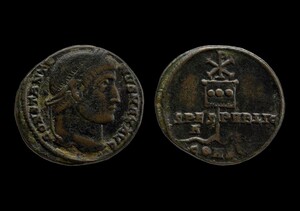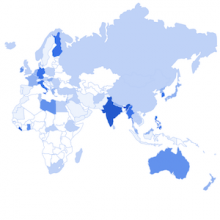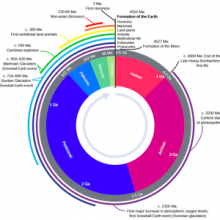Ancient (before 500 CE)
Travels Through Greco-Roman Antiquity
This website is an excellent primer into ancient Greek and Roman places and events, with references to other sources and maps that may aid in reconstructions of the area.
Digital Giza: The Giza Project at Harvard University
The website itself has 3D reconstructions...a glossary which gives brief descriptions of people and places, terms, and acronyms... [and links to] NEH lesson plans, Egyptology videos, blogs, and other related sources.
Chinese Text Project
largest database of pre-modern Chinese text digitally available...[which] focuses specifically on pre-Qin and Han dynasty works, as well as post-Han dynasty texts.
Short Teaching Module: Constantine and Christianity
Christianity is based on the teachings of Jesus of Nazareth (ca. 3 B.C.E.–29 C.E.), a Jewish religious thinker who according to Christian Scripture lived in Judaea, a province of the Roman Empire.

Coin minted by Constantine
Constantine erected large monuments to his rule, most notably the Arch of Constantine in Rome, but he also portrayed his religious sentiments and celebrated his reign in smaller ways, through coins and portraits.

Selections from Eusebius, Life of Constantine
The most important record that remains of Constantine’s life is a biography written shortly after his death by the historian and Christian bishop Eusebius of Caesarea (ca. 263–339 ?), a close adviser to Constantine.

Constantinian Edicts
Many of the records that survive from Constantine’s reign are official edicts and proclamations, written on papyrus and parchment.

Analyzing Music
Everywhere you go, there it is.

Primer: Comparative History
Comparison is used in many different ways in world history, both implicitly and explicitly.

Primer: Big History
Big History is an approach to world history that takes as its subject the story of the whole of the Universe, from its creation, 13.8 billion years ago, in the Big Bang.